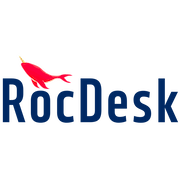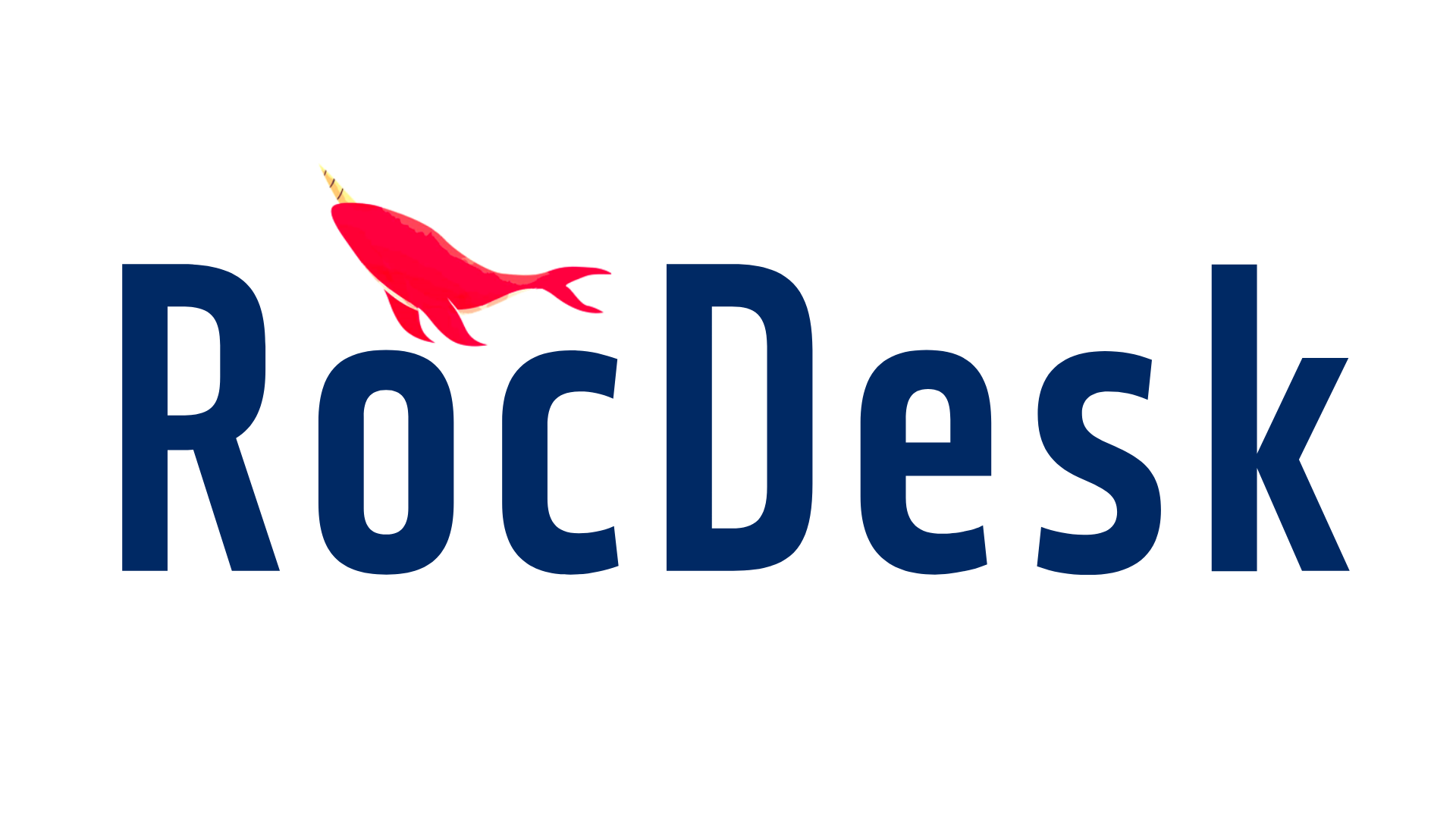Bringing Complex Work Into One: Key Strategies for Increased Efficiency
In today's fast-paced business environment, enterprises are faced with increasingly complex tasks and challenges. From project management to customer relationship management, to data analysis and marketing, various work processes are often intertwined, putting tremendous pressure on business operations. How to integrate these complex tasks has become a key strategy to improve corporate efficiency and competitiveness.
The necessity of integrated management
As your business expands, your workflow becomes more complex. Collaboration and information sharing between departments often encounter bottlenecks, leading to inefficiencies and frequent errors. The traditional decentralized management model can no longer adapt to the needs of modern enterprises, and a management method that can integrate various work processes is urgently needed.
Integrated management can not only simplify operating procedures, but also improve resource utilization efficiency, reduce duplication of work and error rates, thereby significantly improving the overall operational efficiency of the enterprise. By integrating complex tasks, companies can better coordinate the work of various departments and ensure the smooth flow of information and timely decision-making.
The main advantages of integrated management
1. Improve efficiency and productivity
By integrating multiple workflows into one platform, enterprises can greatly reduce switching time between different systems and improve work efficiency. For example, project management tools can be integrated with customer relationship management systems (CRM) so that project progress and customer feedback can be viewed on one interface, making it easier for managers to adjust strategies and resource allocation in a timely manner.
2. Improve data management and analysis
Data is an important asset for enterprises, but scattered data is often difficult to use effectively. Integrating data management systems can achieve centralized storage and unified management of data, facilitating data analysis and decision support. Through integrated data analysis tools, companies can gain a more comprehensive understanding of market trends and customer needs, and develop more precise market strategies.
3. Enhance team collaboration
Information barriers between departments are the biggest obstacle to enterprise collaboration. Through integrated management, enterprises can break down these barriers, achieve real-time sharing and seamless connection of information, and promote collaboration between teams. For example, the sales team can obtain the latest market activity information directly from the marketing department, adjust sales strategies in a timely manner, and increase the closing rate.
4. Reduce operating costs
Decentralized management systems often require different technical support and maintenance costs. By integrating various systems, companies can significantly reduce technical support and maintenance costs. At the same time, integrated management can also reduce duplication of work and improve resource utilization efficiency, thereby reducing overall operating costs.
Strategies to achieve integrated management
1. Choose the right management platform
There are many integrated management platforms on the market to choose from, such as SAP, Oracle, Microsoft Dynamics, etc. Enterprises should choose the most suitable management platform based on their business needs and scale. A good management platform should have efficient data integration capabilities, flexible customization functions and powerful analysis tools.
2. Establish a unified workflow
When implementing integrated management, companies need to reorganize and optimize existing work processes to ensure that the work of various departments can be seamlessly connected. By establishing a unified workflow, work efficiency can be improved and errors and delays reduced.
3. Strengthen employee training
Implementing integrated management requires employees to master new working methods and tools. Therefore, strengthening employee training is the key to achieving integrated management. Through systematic training and guidance, employees can adapt to new work processes faster and improve work efficiency and satisfaction.
4. Continuous optimization and improvement
Integrated management is not achieved overnight, but a process of continuous optimization and improvement. Enterprises should regularly evaluate the effectiveness of integrated management, collect feedback from employees and customers, and continuously improve and perfect management systems and work processes.
Conclusion
Integrating complex tasks into one is a key strategy for modern enterprises to improve efficiency and competitiveness. Through integrated management, enterprises can streamline operational processes, increase resource utilization efficiency, improve data management and analysis, enhance team collaboration, and reduce operating costs. However, realizing integrated management requires enterprises to make efforts in selecting management platforms, establishing unified work processes, strengthening employee training and continuous optimization. Only in this way can enterprises remain invincible in the fierce market competition and achieve sustainable development.










